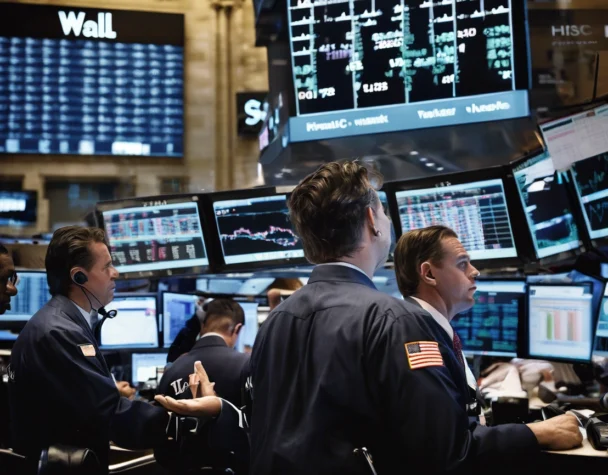
U.S. Credit Downgrade and Trade Tensions Rattle Markets
Tue, May 20, 2025Moody’s Downgrade Shakes Confidence, But Wall Street Holds Firm
Moody’s recent downgrade of the United States credit rating from Aaa to Aa1 triggered waves of volatility across financial markets. The rating agency cited growing federal deficits and limited fiscal flexibility as core concerns behind the move. The immediate aftermath saw U.S. Treasury yields spike, with the 30-year bond yield surging past 5%. The U.S. dollar also weakened, shedding nearly 1% on the dollar index amid waning investor confidence in the nation’s fiscal management.
Despite these jitters, major U.S. equity indices proved unexpectedly resilient. The S&P 500 posted its sixth consecutive day of gains, reflecting a strong appetite from dip buyers and algorithm-driven inflows. According to Investopedia, many investors appear to be brushing aside the downgrade as a short-term disruption, choosing instead to focus on corporate earnings and attractive valuations.
Meanwhile, President Trump’s latest move to reinstate tariffs on select imports from China, Mexico, and Canada has reignited trade war anxieties. In retaliation, affected nations are preparing countermeasures, further clouding the outlook for sectors heavily dependent on international supply chains, including agriculture, electronics, and auto manufacturing.
Asian and Emerging Markets Diverge Amid Political and Economic Crosswinds
Across Asia, markets displayed mixed reactions to recent developments. In India, the Nifty 50 slipped below the psychologically significant 25,000 mark. Weak domestic economic indicators, coupled with global volatility, have caused foreign investors to pare back exposure. In contrast, Hong Kong’s Hang Seng Index has outpaced China’s CSI 300, largely on the back of strong capital inflows into AI and tech-related stocks. According to the Financial Times, investors are gravitating toward Hong Kong due to perceived policy stability and better regulatory transparency compared to mainland exchanges (FT Report).
Political instability in Mali has also drawn attention. The government’s abrupt move to dissolve political parties and halt democratic processes sparked large-scale protests, raising red flags for investors with exposure to West African markets. The region, already grappling with inflation and security challenges, now faces further investment risk and uncertainty.
On the ETF front, benchmark U.S. funds like SPY (S&P 500 ETF) and DIA (Dow Jones ETF) remained mostly stable, showing fractional gains, while international ETFs such as EFA (developed markets) and EEM (emerging markets) saw modest upticks. This signals a cautious yet sustained risk appetite among global investors even as macro uncertainties mount.
As the week unfolds, all eyes remain on central bank commentary, trade policy developments, and any potential legislative responses to Moody’s downgrade. Investors appear to be recalibrating portfolios not out of panic, but as a proactive hedge in an increasingly multipolar economic landscape.

